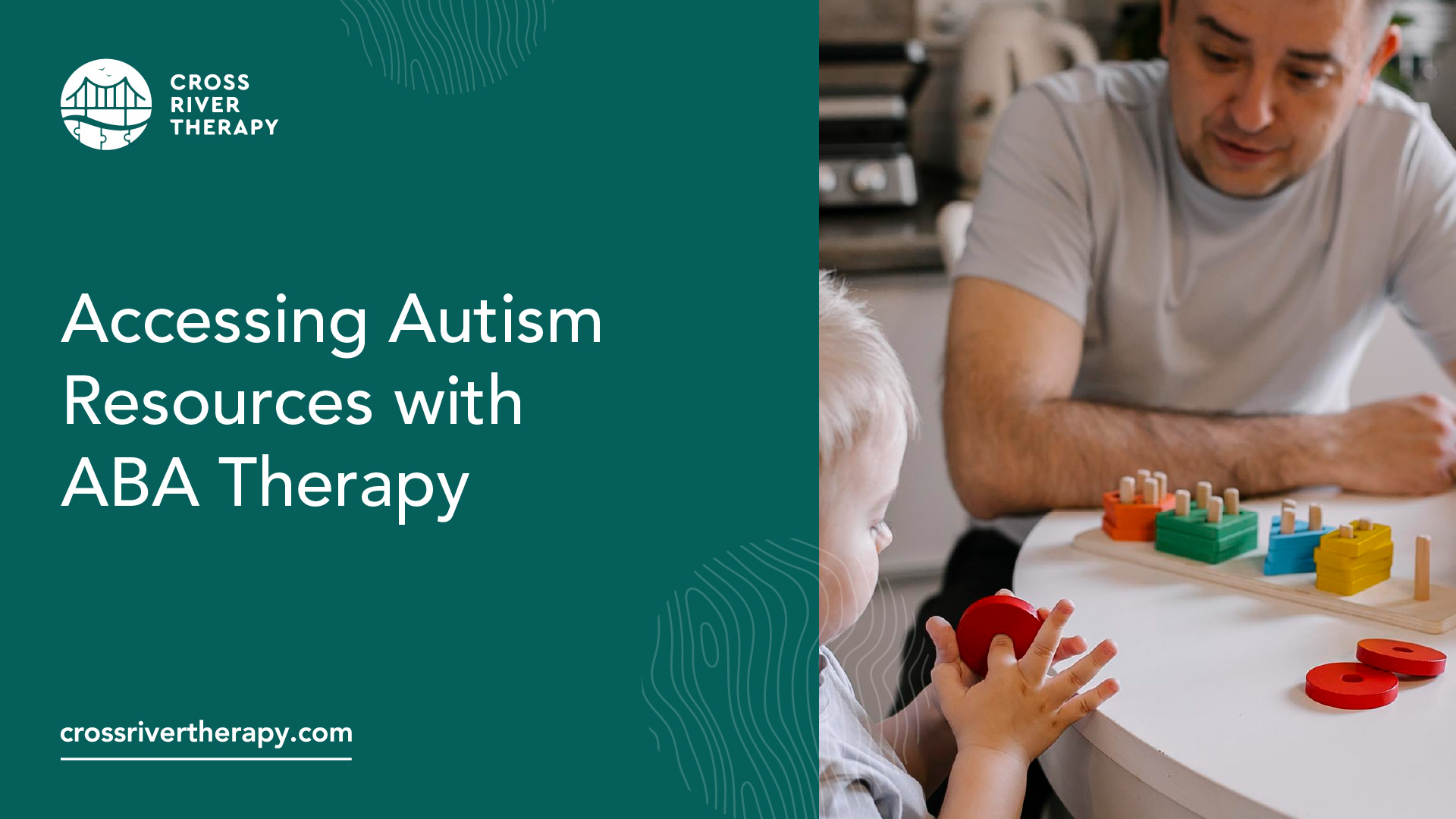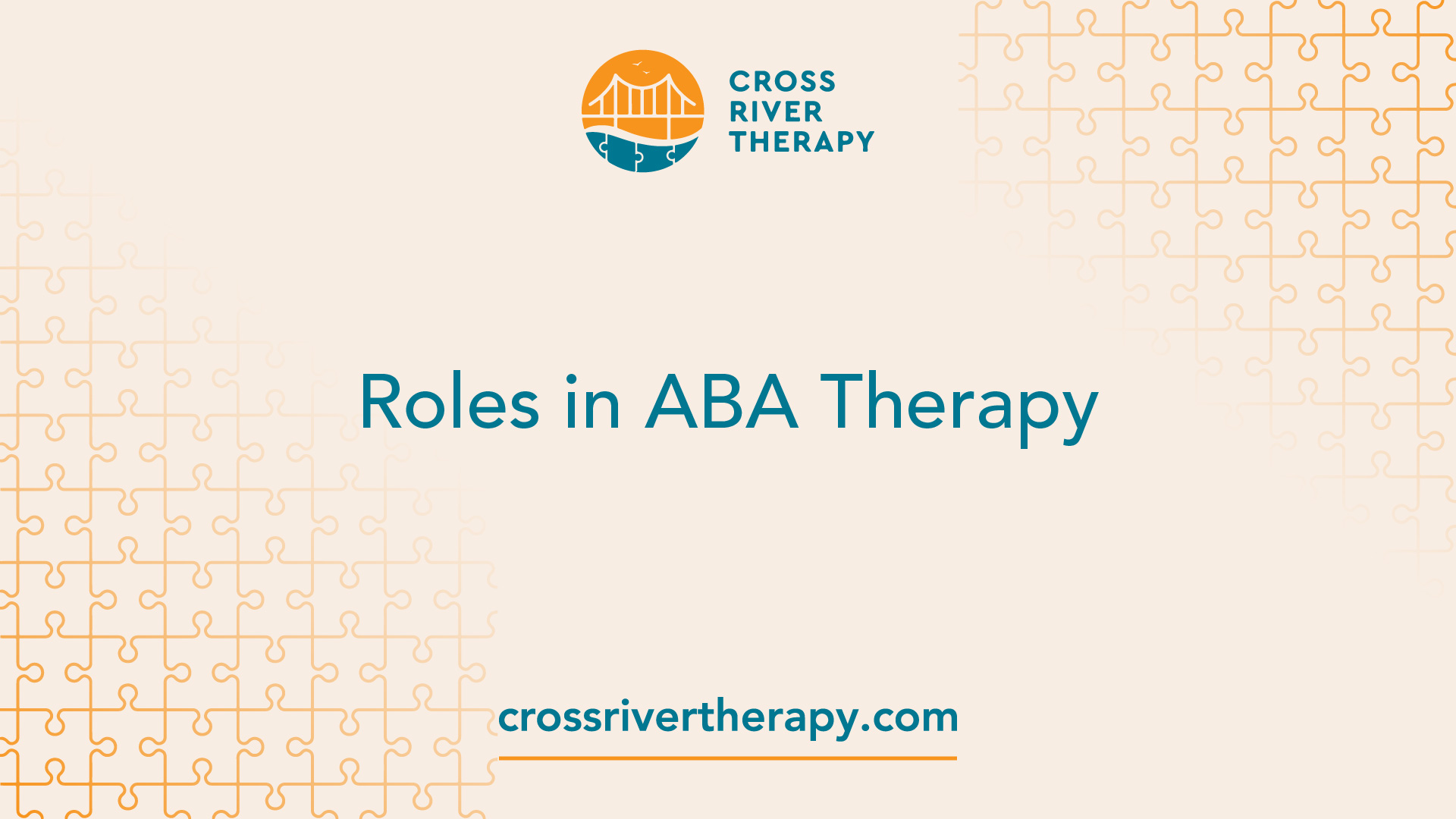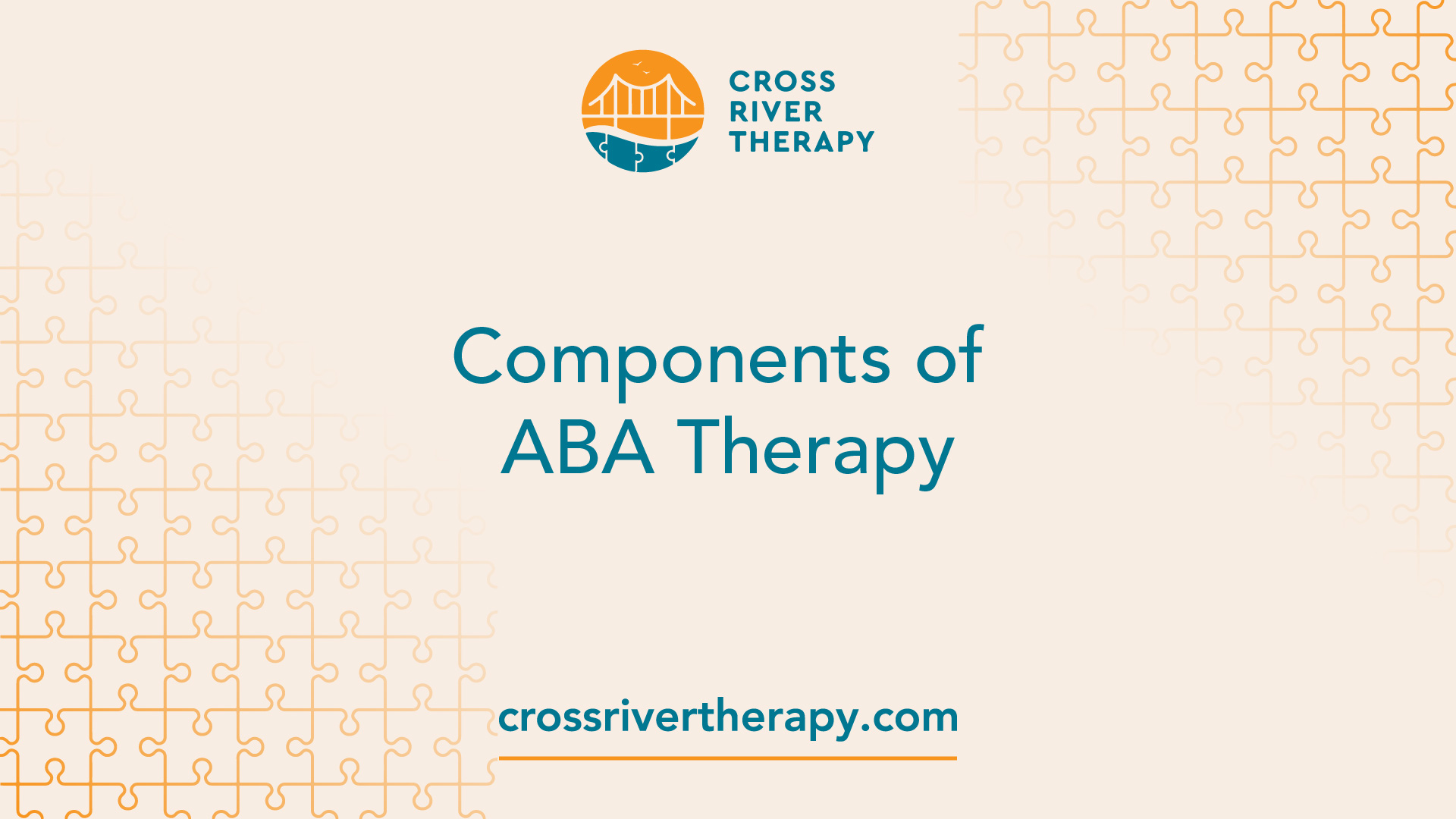Accessing Autism Resources with ABA Therapy
Discover ABA therapy and autism resources to support your child’s growth and development effectively!
Understanding ABA Therapy
ABA (Applied Behavior Analysis) therapy is a well-established approach meticulously designed to enhance the lives of children diagnosed with autism and related developmental disorders. By focusing on behavior modification, ABA therapy helps children acquire new skills, improve their social interactions, and gain independence.

History of ABA Therapy
ABA therapy has its roots dating back to the 1960s when it began to be utilized for children with autism and various developmental disorders. Over the decades, it has undergone significant development, driven by ongoing research and refinement. A pivotal moment in its history was when Dr. Ivar Lovaas conducted landmark studies illustrating the potential of intensive ABA therapy. His research indicated that approximately 50% of children engaged in such therapies were able to "catch up" to average intellectual and educational function ranges.
Over the years, numerous studies have validated the effectiveness of ABA, revealing that intensive and long-term therapy can lead to considerable improvements in various domains, such as intellectual functioning, language development, daily living skills, and social interactions. More than 20 studies support these findings, underscoring ABA therapy's role in helping children lead more fulfilling lives [2].
Benefits of ABA Therapy
The benefits of ABA therapy are extensive and far-reaching. It is typically deployed to assist individuals with autism and other developmental disorders in learning behaviors essential for a safer and more fulfilling existence. Below are several key advantages associated with ABA therapy:
BenefitDescriptionImproved CommunicationChildren can significantly enhance their verbal and non-verbal communication abilities.Social Skills DevelopmentABA encourages the improvement of interaction and social relationship skills.Behavioral ImprovementsReduction in challenging behaviors and increase in positive behaviors.Daily Living SkillsEnhanced capabilities in activities of daily living, promoting independence.Tailored ProgramsIndividualized interventions that cater to the unique needs and preferences of each child.
In addition to these advantages, ABA therapy aims to foster skills that promote independence and success in life. Each program is customized to align with the child's specific needs, interests, and family dynamics.
For more in-depth information regarding ABA therapy, including its resources and support, refer to our articles on aba therapy and autism resources and aba therapy and developmental services.

Roles in ABA Therapy
In ABA therapy, there are key roles that are essential for its effective implementation and success. These include the Board-Certified Behavior Analyst (BCBA) and the Registered Behavior Technicians (RBTs). Each role plays a specific part in developing and delivering interventions that support children diagnosed with autism.
Board-Certified Behavior Analyst (BCBA)
A Board-Certified Behavior Analyst (BCBA) is a trained professional responsible for overseeing individualized ABA programs. This includes customizing the programs to meet the needs, skills, interests, preferences, and family situations of each learner. They assess and analyze behavior, providing targeted interventions that address behavioral issues and promote positive behavior changes, particularly for children with autism.
Responsibilities of a BCBAOversees and develops ABA programsConducts assessments and behavior analysesCustomizes interventions to individual needsTrains and supervises RBTsCollaborates with families and other professionals
Registered Behavior Technicians (RBTs)
Registered Behavior Technicians (RBTs) are trained and certified professionals who implement the ABA therapy programs designed by the BCBA. They work directly with individuals with autism, focusing on practicing skills and working towards individualized goals set by the BCBA. RBTs play a crucial role in the day-to-day implementation of ABA techniques and provide consistent support to learners.
Key Functions of RBTsImplements behavior intervention plansProvides direct support to clientsCollects data on progress and effectivenessCommunicates effectively with familiesWorks under the supervision of a BCBA
Both BCBAs and RBTs are integral to the success of ABA therapy in supporting children with autism. Understanding their roles can help parents navigate and access important ABA therapy and autism resources to ensure the best outcomes for their children.

Components of ABA Therapy
ABA (Applied Behavior Analysis) therapy encompasses various techniques and strategies aimed at helping individuals with autism develop essential skills. Understanding the components of ABA therapy can help parents effectively support their children through this process.
Techniques Used in ABA Therapy
ABA therapy uses a range of techniques based on the principles of behaviorism. These techniques focus on understanding antecedents (what happens before a behavior occurs) and consequences (what happens after the behavior) to shape and modify behaviors. Here are some commonly employed techniques in ABA therapy:
TechniqueDescriptionDiscrete Trial TrainingA structured method where skills are taught in a series of small, manageable steps. Each step is reinforced to promote learning.Natural Environment TeachingTeaching skills in real-life situations to encourage generalization of learned behaviors in various contexts.Pivotal Response TrainingFocuses on improving pivotal areas of a child's development to promote overall improvement in skills.Functional Communication TrainingTeaches children to communicate their needs and wants effectively, reducing challenging behaviors.
ABA therapy has been recognized by the US Surgeon General and the American Psychological Association as an evidence-based best practice treatment for individuals with autism and other developmental disorders.
Goals and Customization in ABA Therapy
The goals of ABA therapy are tailored to each individual based on their unique needs and developmental progress. Common objectives may include:
GoalDescriptionSkill AcquisitionTeaching essential skills for daily living, communication, and social interaction.Behavior ReductionReducing challenging or harmful behaviors while promoting safer alternatives.Generalization of SkillsEnsuring that learned skills are applied in various settings and situations.Increased IndependencePromoting self-sufficiency and independence in daily life activities.
Creating a consistent and structured environment at home is vital to supporting a child's ABA therapy progress. Extending the structure of therapy sessions into the home helps children with autism retain and practice the skills they learn.
Family involvement is crucial for the success of ABA therapy. By collaborating with therapy teams, families can offer practical tips and strategies for effectively supporting their loved ones at home. Family members can integrate ABA goals into everyday life activities, making learning motivational and enjoyable for children.
These personalized goals and the involvement of family members play a significant role in enhancing the effectiveness of ABA therapy, ensuring that children with autism have the best possible support as they navigate their journey. For more information on resources related to ABA therapy, parents can explore aba therapy and autism resources and gain insights into effective strategies and tools.
Implementing ABA Therapy
Implementing Applied Behavior Analysis (ABA) therapy involves structured programs and significant family participation to enhance the effectiveness of the therapy. Both elements play a crucial role in helping children with autism achieve their individualized goals.
ABA Therapy Programs
ABA therapy programs are designed to support individuals with autism by promoting independent and successful living. These programs are overseen by a board-certified behavior analyst (BCBA) who customizes them based on the child’s unique needs, interests, and family situations. Trained professionals, like registered behavior technicians (RBTs), work directly with the individual to practice various skills and work towards goals devised by the BCBA.
Program ElementDescriptionBCBA OversightCustomizes the program to the learner’s unique needs and family dynamics.RBT InvolvementImplements the program under BCBA supervision, focusing on skill development and goal achievement.IndividualizationGoals are tailored specifically to help the child grow in independence and daily living skills.
By participating in ABA therapy, children engage in activities that boost their social, communicative, and adaptive skills. The ultimate aim is to ensure that individuals obtain skills that enhance their overall quality of life, not only during therapy sessions but as they integrate these skills into their daily routines.
Family Involvement in ABA Therapy
Family members play an essential role in the success of ABA therapy. Engaging actively in the therapy process allows families to reinforce and expand upon the skills learned during sessions. Families can incorporate practice goals into everyday activities, such as playdates, outings, and daily routines, helping children stay motivated and engaged in their learning.
Communication between family members and ABA therapy teams is vital for promoting progress. Regular meetings facilitate the exchange of information regarding the child’s goals, challenges, and successes. This collaborative effort enables families to adjust at-home practices to support the child's unique treatment plan.
Research indicates that when families are actively involved in the therapy process, children demonstrate greater improvements in communication, social skills, and adaptive behaviors. Moreover, family involvement fosters better relationships among caregivers, decreases stress levels, and promotes a sense of empowerment [4].
This holistic approach to implementing ABA therapy ensures that children not only receive quality therapy but also benefit from a supportive home environment that nurtures their overall development. For additional resources on ABA therapy, families can refer to articles about aba therapy and autism resources for comprehensive guidance and support.
Financial Support and Resources
Accessing financial support and resources is essential for parents of children diagnosed with autism, especially when it comes to navigating the costs of ABA therapy and autism resources. Understanding the available options can ease the financial burden on families.
Financial Planning for Autism
Financial planning for a child with autism involves understanding various tools and strategies that can help manage expenses effectively. One valuable resource is the Financial Planning Tool Kit provided by Autism Speaks. This kit features expert advice and personal stories from parents and caregivers, offering insights into budgeting and planning for future needs.
Some financial planning strategies include:
Financial Planning ToolsDescriptionABLE AccountsTax-advantaged savings accounts for families with disabled individuals.Financial Tool Kit by Autism SpeaksResource offering expert tips and personal stories for managing finances.BudgetingDetailed tracking of expenses related to therapy and care.
Government Assistance Programs
Understanding government assistance programs can significantly benefit families seeking support. Various financial support options exist through government agencies:
The availability of these programs varies by state, making it beneficial to consult local resources or professionals specializing in autism-related services.
Government Assistance ProgramsDescriptionSSIMonthly payments for disabled individuals, including those with autism.SSDIBenefits for adults with disabilities that began before age 22.Medicaid WaiversSupport services enabling individuals to stay at home or in the community.
Exploring these financial supports and resources can greatly aid families in securing necessary services for their children with autism. For more information on related resources, check out ABA therapy and developmental services and other articles dedicated to supporting families navigating autism treatment and care.
Early Intervention and ABA Therapy
Importance of Early Intervention
Early intervention plays a critical role in the development of children diagnosed with autism spectrum disorder (ASD). Research indicates that starting treatment at a young age can lead to significant advancements in a child's skills, with some children showing such remarkable progress that they are no longer considered to be on the autism spectrum as they grow older. These successful interventions often share common characteristics, emphasizing the importance of prompt action.
Most early interventions for autism begin at or before preschool age, starting as early as 2 or 3 years old. This timing is crucial because of the brain's plasticity during early childhood, which makes interventions more effective and provides the best chance for children to develop to their fullest potential. Implementing ABA therapy early can significantly alter a child's brain development, help prevent challenging behaviors from becoming ingrained habits, and better prepare them for future educational settings.
Age of InterventionPotential Outcomes2-3 yearsSignificant skill developmentEarly PreschoolBetter social skills and reduced challenging behaviors5+ yearsEnhanced academic readiness
Success Stories and Research
Numerous studies have highlighted the positive impact of early intervention using ABA therapy. A landmark study conducted by Dr. Ivar Lovaas demonstrated that approximately 50% of children who engaged in intensive ABA therapy were able to reach average intellectual and educational functioning levels. More recent findings suggest additional benefits, with some children moving higher on the autism spectrum scale, and around 20% able to exit the spectrum entirely.
Family involvement and commitment to the therapy process are essential for achieving these outcomes. Parents and caregivers are encouraged to learn and apply ABA techniques at home, reinforcing the skills introduced during therapy sessions. Each state also has its own early intervention program governed by the Individuals with Disabilities Education Improvement Act (IDEA), which provides resources and support tailored to children diagnosed with developmental delays or disabilities.
By exploring ABA therapy and autism resources, parents can find additional support for their children's developmental journey and learn how to navigate the available programs effectively. Success stories shared by other families often serve as motivation and inspiration for those beginning their own paths with ABA therapy and early intervention.
References
[1]: https://www.lumierechild.com/blog/why-early-intervention-and-aba-therapy-matters/
[2]: https://www.autismspeaks.org/applied-behavior-analysis
[3]: https://www.autismparentingmagazine.com/aba-principles/
[4]: https://www.aprilaba.com/resources/the-role-of-family-in-aba-therapy-how-to-support-your-loved-ones-progress
[5]: https://www.autismspeaks.org/financial-autism-support
[6]: https://www.nichd.nih.gov/health/topics/autism/conditioninfo/treatments/early-intervention



